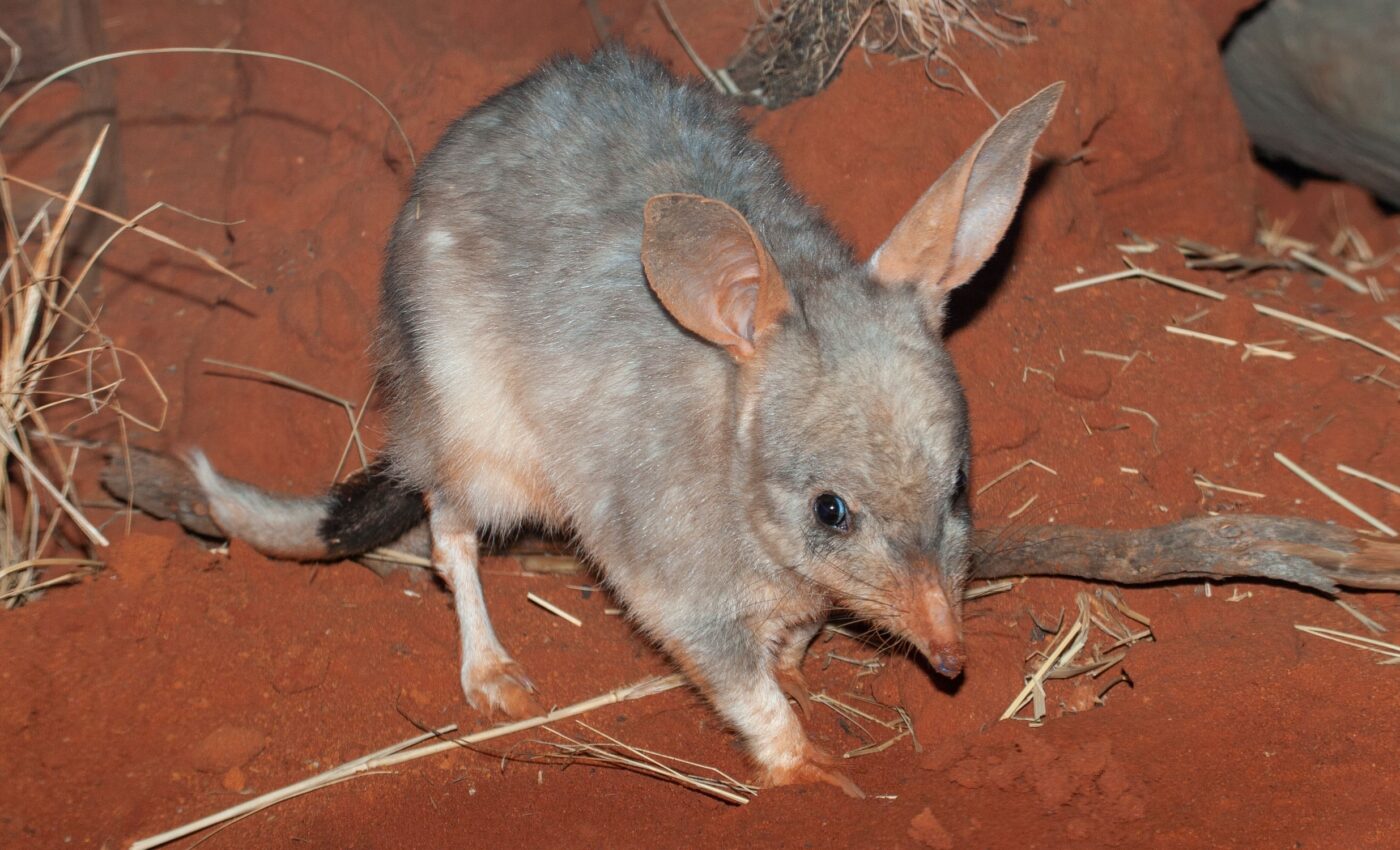
Can bilbies return to the places where they once thrived?
The quest to reintroduce bilbies into temperate regions of Australia, where they have not roamed for over a century, is gaining momentum. This effort is crucial for restoring a vital part of the region’s biodiversity. Thanks to a recent study conducted in a sanctuary setting, progress is being made.
This pivotal research, a collaboration between UNSW Sydney and Taronga Conservation Society Australia, is unfolding at Taronga Western Plains Zoo in Dubbo. Consequently, researchers at the zoo have unearthed vital clues that could help restore the bilby, a beloved yet threatened marsupial, to its former habitats in southeastern and southwestern Australia.
The study focused on bilbies bred within the confines of the zoo’s large sanctuary, designed to mimic the temperate zones of Australia. Historically, bilbies thrived in these areas, but due to threats like invasive species and habitat loss, their presence dwindled dramatically since European settlement.
Dr. Kate Cornelsen, the lead author of the study, emphasized the need for a detailed understanding of the animal’s habitat preferences in temperate climates.
“If bilbies are to be restored in the temperate zone where they once thrived, we need to know much more about where they like to go and what they need there,” explained Dr. Cornelsen.
Unraveling the mystery of bilby behavior
To gain this understanding, researchers equipped 20 greater bilbies with tiny GPS tracking devices on their tails. These devices recorded the animals’ locations every hour, providing a unique insight into their nocturnal habits and preferences.
Andrew Elphinstone, manager of conservation, recovery, and restoration programs at Taronga Conservation Society Australia and co-author of the study, highlighted the bilbies’ role as “ecosystem engineers.”
“Bilbies turn over and aerate the earth, which improves soil health. Understanding their habitat preferences and needs is critical to restoring the species to a wider area,” explained Elphinstone.
The research revealed intriguing patterns in bilby behavior, particularly in their food and habitat choices. “Food biomass or availability had a strong influence on where they preferred to hang out,” said Dr. Cornelsen.
The experts noted that bilbies were adept at locating food sources, and showed a preference for specific soil types. Females were particularly selective, likely due to their need to balance burrowing conditions with food availability.
Surprising habitat selection of bilbies
Interestingly, the researchers found that bilbies often chose areas further from water sources, a preference that contradicts expectations given the general productivity near water bodies.
“Food is probably less patchy and more predictable in this study area compared to the desert regions previously studied,” said Dr. Cornelsen.
A predictable food supply may help these creatures avoid competition with other species that rely on direct water sources.
Furthermore, the study revealed significant differences in resource usage between genders.
While females were constrained to their breeding burrows, limiting their range, males had the freedom to select high-quality feeding areas. This behavior was particularly noted during seasons when invertebrates – a key food source – were plentiful.
This distinction is crucial for developing targeted conservation strategies that address the specific needs and behaviors of each gender.
Future directions for bilby conservation
The findings of the study are not just academic; they hold practical implications for bilby reintroductions into temperate zones.
“For future bilby reintroductions, we will now have greater confidence in the resources required by the species within temperate regions,” said Dr. Cornelsen.
The study marks a significant step forward in bilby conservation, providing a clearer picture of how these nocturnal marsupials select resources and adapt to new environments.
By continuing to study bilbies in different environmental contexts, conservationists can better prepare for successful reintroductions and ensure the survival of this unique Australian marsupial.
More about bilbies
Bilbies, also known as rabbit-bandicoots, are small nocturnal marsupials native to Australia. They are notable for their long, silky blue-grey fur, large ears that help with heat dissipation, and a long, black and white tail.
Bilby diet
Bilbies are omnivores and their diet includes insects, seeds, fungi, bulbs, and small animals. They have a very distinctive way of feeding, using their long tongues to scoop up food.
Population decline
Historically, bilbies occupied arid and semi-arid regions across much of Australia. However, due to habitat loss, the introduction of non-native predators like foxes and cats, and competition from rabbits, their population has drastically declined.
Reproduction
Bilbies have an interesting reproductive strategy where the gestation period is only about 12-14 days, one of the shortest among mammals. They give birth to tiny, underdeveloped offspring that continue to develop in the mother’s pouch.
Ecological role
The bilby’s ecological role includes soil turnover and aeration through their digging activities, which also helps in seed dispersal and reducing bushfire fuel loads.
The study is published in the journal Animal Behavior.
—–
Like what you read? Subscribe to our newsletter for engaging articles, exclusive content, and the latest updates.
Check us out on EarthSnap, a free app brought to you by Eric Ralls and Earth.com.
—–













